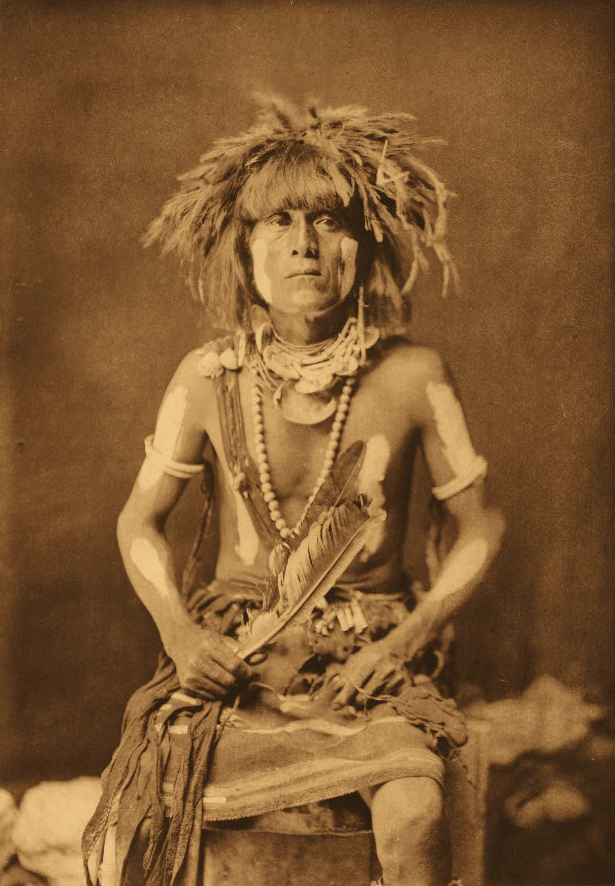Curtis, Edward Sheriff (1868-1952), was an American photographer and an authority on Native Americans. He is best known for The North American Indian (1907-1930), a 20-volume set of books detailing more than 80 Native American groups in both writing and photographs. The books are a valuable record of traditional Native American ways of life.

Curtis was born in rural Wisconsin, near Whitewater, on Feb. 16, 1868. He spent much of his youth in Minnesota. As a teenager, Curtis taught himself to build cameras and make photographic prints. He also may have worked with a St. Paul photographer. Curtis moved to Sidney (now Port Orchard), Washington, in 1887. In the early 1890’s, he bought a share in a photography studio in Seattle. Curtis earned a good reputation as a photographer in Seattle. He also developed special processes to produce gold and silver tones in photographs.
In 1900, while working with the American naturalist and anthropologist George Bird Grinnell, Curtis became inspired to create The North American Indian. He spent the next 30 years researching Native American life and traveling throughout the western United States, living among the subjects of his photographs. Curtis also made thousands of sound recordings of Native American languages, music, and family histories.
His prolonged study of Native American culture caused Curtis much financial hardship. Beginning in the 1920’s, he worked in the Hollywood film industry to support the project. He died on Oct. 21, 1952.

